







Steve Madden is a USA based online fashion store that sells trending shoes, bags and fashion accessories across the globe. The brand has revolutionized the fashion industry with unique and creative designs.
Ocean Bargains is our USA-based client. Ocean Bargains provides high quality products and ships worldwide. If you can't find something, you can email their customer service team and they will do their best to locate that product.
My Tyrn is a USA-based drayage marketplace that allows draymen to easily post their availability and enables others to make bookings accordingly. The client wanted us to develop a website from scratch on the basis of their specific requirements.
TE Connectivity is a USA-based company operating in electronics industry which provides advanced connectivity and sensors solutions to solve the toughest challenges of tomorrow in various industry verticals.

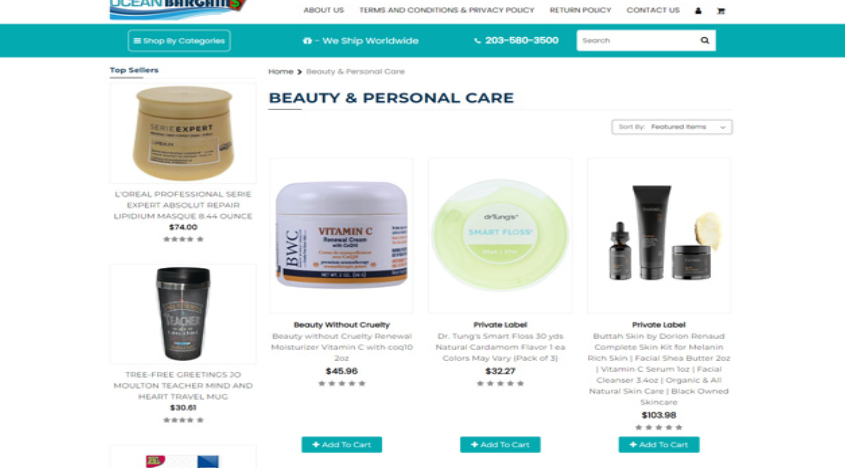

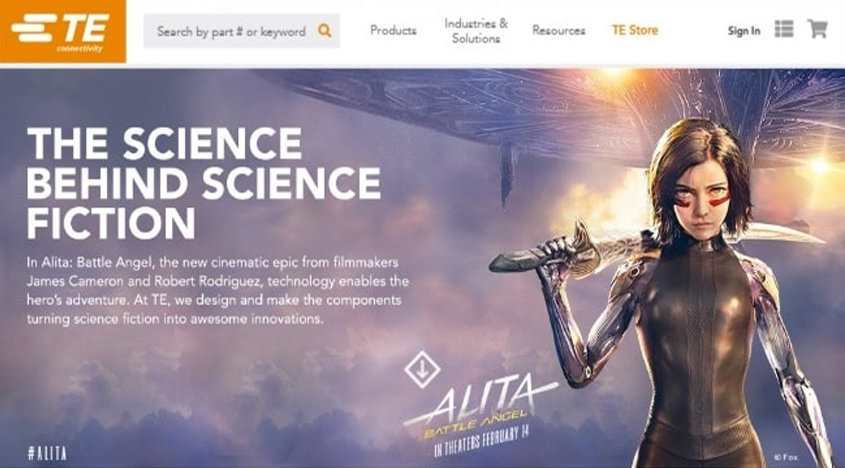

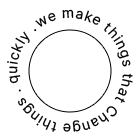 We
work with a handful of restless leadership
teams to help build businesses, brands, products and experiences for the customers of tomorrow.
We
work with a handful of restless leadership
teams to help build businesses, brands, products and experiences for the customers of tomorrow.

















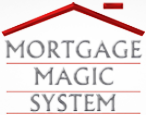


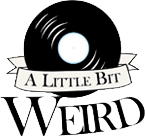




















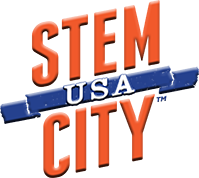
























We're proudly recommend SynapseIndia because they have been our trusting partners for design and development work for nearly 10 years. For us, it was not about just a great value although SynapseIndia does provide a very high quality work at a very good price. For us, it was more finding a partner so that we can collaborate to create the best products for our users. SynapseIndia certainly provides their partnership and collaboration because they communicate very clearly and they truly care about our success.


Nearly 15 years ago, we started this journey with Synapse in order to reduce our cost and increase our efficiency and productivity. Its been a real pleasure to work with Synapse. They are responsive, more than professional and I have taken a lot of joy in watching this company grow over 15 years. I have the good fortune to build a early on with the founders of the company in India and I have to tell you the same core values, the same commitments to customer service, the same commitment to value. They existed 15 years ago continued to exist today.


I have been working with SynapseIndia for over 5 years now and have found them to be easy to work with. They have always been fast and resilient at addressing things that we needed. They have a well-defined process in place, and are good at communicating. They've been really good at setting up times that are convenient for both of us and we appreciated their constant availability, quick responses to emails, and regular updates on project status so we know exactly where they are. Any new projects I go to them first because I know they'll do a great job. I would definitely recommend SynapseIndia.


We had a situation not too long ago where we had an overflow of projects and we needed help immediately to meet deadlines. We had heard some great things about SynapseIndia, we reached out, had a great conversation with them. Yes, we had some concerns upfront, these concerns were related to the difference in time zones, communication, language barrier. But as soon as we started working with SynapseIndia, all those concerns were alleviated.


We are extremely satisfied with SynapseIndia's delivery of the product. They were able to build, test and help roll out a completely custom database within a matter of months and that has allowed us to retire our old system completely and that means that our team is working way more efficiently and we have streamlined and automated several processes that previously required manual efforts. They were also very-very flexible to our needs and receptive and worked with our ideas and visions and that allowed us to have this great workable end-product. It's just been a real pleasure working with SynapseIndia.


